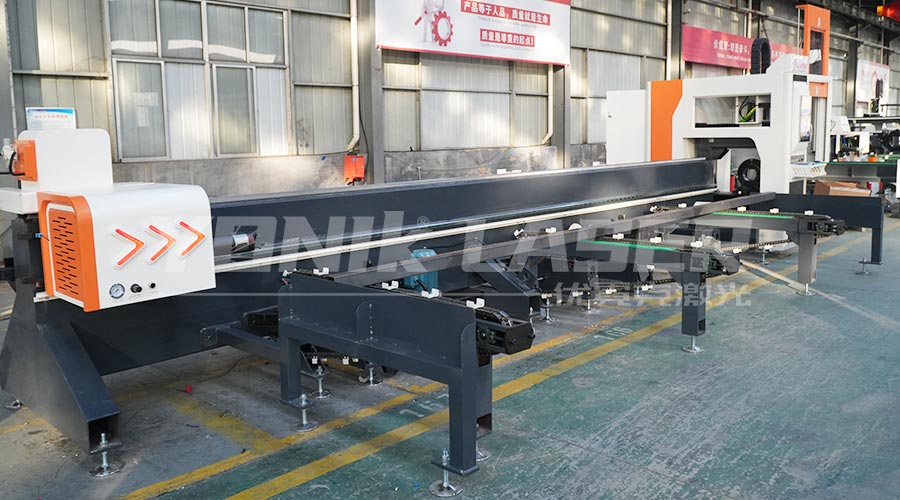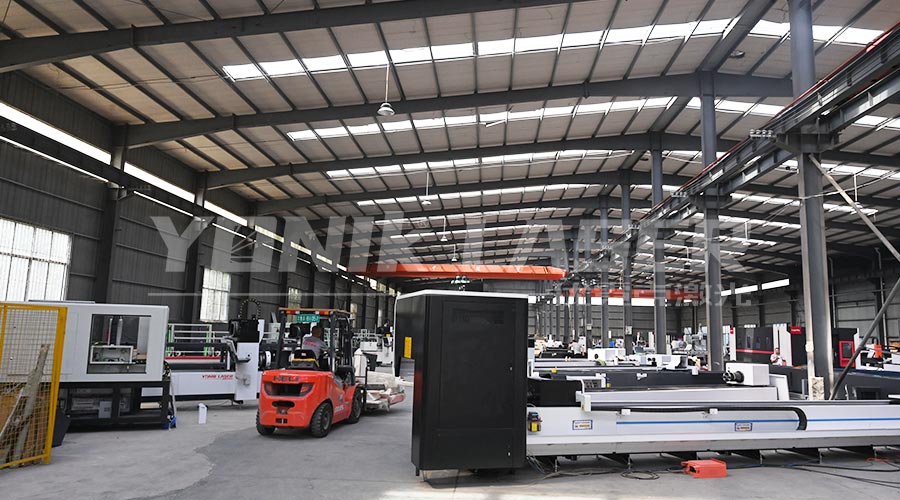As high-precision equipment in modern industrial manufacturing, laser cutting machines play an important role in many fields such as metal processing and advertising production. However, during use, users may encounter problems with decreased cutting accuracy, which will not only affect the quality and production efficiency of the product, but also increase the operating costs of the enterprise. This article will analyze in detail the reasons for the decrease in cutting accuracy of laser cutting machines, and introduce the corresponding calibration methods to help users better maintain the equipment and improve production efficiency.

1. Analysis of the causes of decreased cutting accuracy of laser cutting machines
Optical path system problems
Poor quality of the output spot of the laser may be caused by aging of the laser, contamination or damage of the optical components.
Contamination, deformation or wear of the reflector and focusing mirror will affect the transmission and focusing effect of the laser beam.
Mechanical system problems
Wear or loosening of the guide rails and lead screws will cause the movement accuracy of the machine tool to decrease.
Deformation or loosening of the bed and frame will also affect the overall stability and cutting accuracy of the equipment.
Control system problem
Improper setting of control system parameters, such as servo motor drive parameters, PID control parameters, etc., will affect the motion control accuracy of the machine tool.
Software or hardware failure of the control system may also lead to reduced cutting accuracy.
Environmental factors
The temperature, humidity and vibration of the working environment may affect the cutting accuracy of the laser cutting machine.
The quality, thickness and surface state of the cutting material will also affect the cutting accuracy and effect.
2. Calibration method of cutting accuracy of laser cutting machine
Optical path system calibration
Regularly check the status of the laser, reflector and focusing mirror, and clean or replace contaminated components.
Use professional spot detection equipment to detect and adjust the output spot of the laser to ensure that the spot quality meets the requirements.
Adjust the position and angle of the reflector and focusing mirror so that the laser beam can be accurately focused on the cutting material.
Mechanical system calibration
Regularly check the wear of the guide rails and lead screws, and replace severely worn parts in time.
Adjust the bed and frame of the machine tool to ensure the overall stability and rigidity of the equipment.
Use professional measuring tools to detect and adjust the motion accuracy of the machine tool, such as using a laser interferometer to measure the straightness and parallelism of the guide rail.
Control system calibration
According to the actual situation of the equipment, adjust the parameter settings of the control system, such as the drive parameters of the servo motor, PID control parameters, etc.
Regularly upgrade the software and hardware of the control system to ensure the stability and reliability of the system.
Use professional control system debugging tools to detect and adjust the motion control accuracy of the machine tool.
Environmental factor control
Keep the parameters such as temperature, humidity and vibration of the working environment within the range required by the equipment.
Select cutting materials with stable quality and uniform thickness to ensure cutting effect and accuracy.
Pre-treat the cutting materials, such as removing surface oil and rust, to improve cutting quality and accuracy.
3. Case analysis
A user of a laser cutting machine found that the cutting accuracy decreased during use. After inspection, it was found that it was caused by contamination of the reflector and wear of the guide rail. The user cleaned and replaced the reflector according to the above calibration method, and adjusted the guide rail and replaced the severely worn parts. After calibration, the cutting accuracy of the equipment has been significantly improved, and the cutting quality and production efficiency have also been improved.

IV. Conclusion and Outlook
The reduction in cutting accuracy of laser cutting machines is a complex problem, involving multiple aspects such as optical system, mechanical system, control system and environmental factors. By conducting a comprehensive inspection and analysis of these aspects and taking corresponding calibration methods, the cutting accuracy and production efficiency of the equipment can be effectively improved. In the future, with the continuous development and innovation of laser cutting technology, the equipment will have a higher level of intelligence and automation, and the cutting accuracy and stability will be further improved. At the same time, users should also strengthen the awareness of daily maintenance and care of the equipment to improve the service life and performance of the equipment.
2025-07-22
2025-07-21
2025-07-19